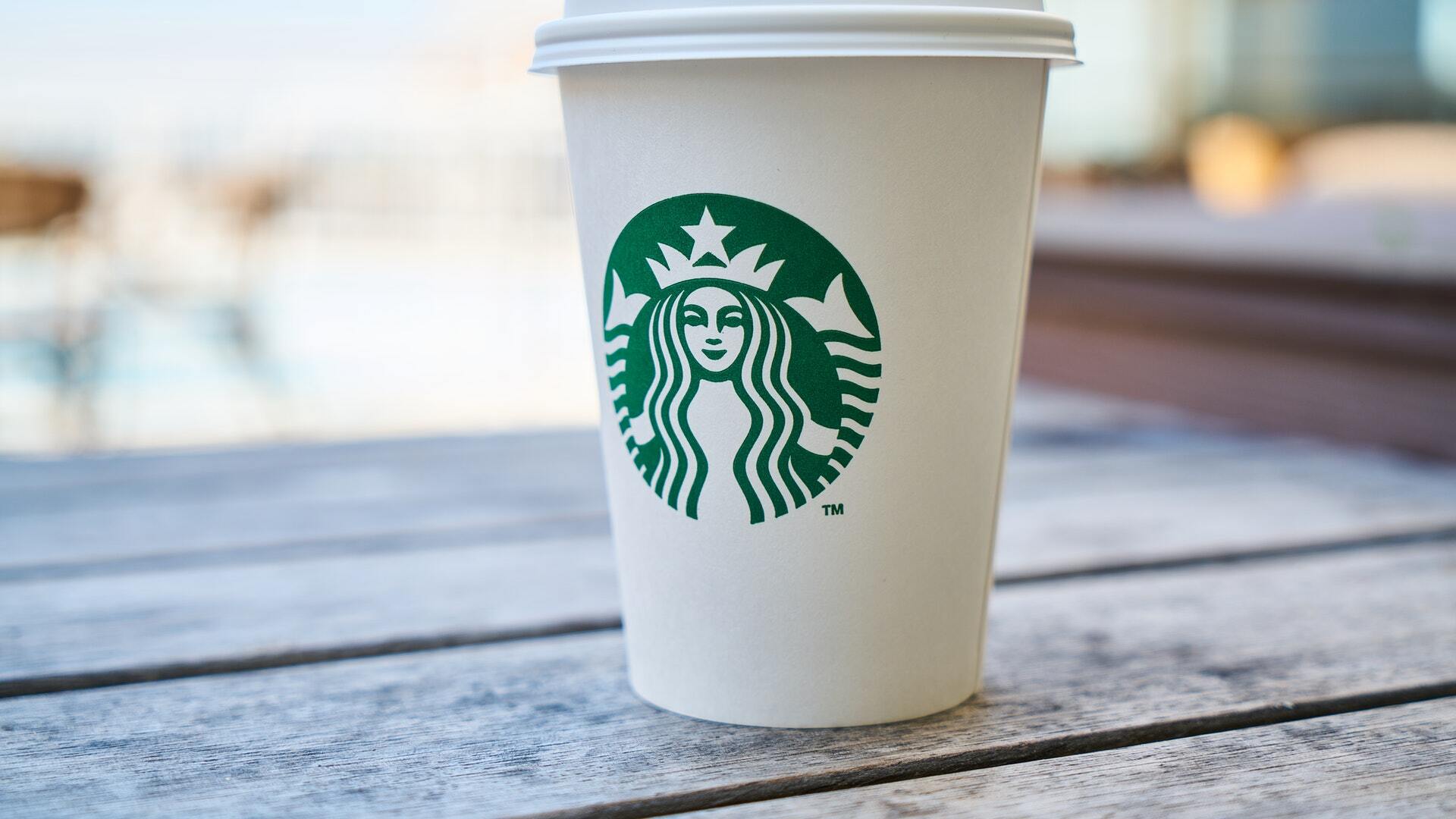Building a brand is not as simple as creating a logo, hiring a few people, and mass-producing products. It’s about the idea, strategy, and adaptive marketing. Time has proven again and again that it has an ever-changing character, and the process of building a brand is no different.
Why would you pay extra attention to branding when marketing is doing your company right? According to research, products have a 306 per cent higher lifetime value (LTV).
Companies have to pay at least 10 per cent extra in salaries when a brand valuation is low. According to 84 per cent of marketers, the brand awareness goal remains one of the core fundamentals to success in the department.
Building up marketing materials may seem complicated and expensive, but spending time producing a solid foundation on branding makes the marketing easier. As per statics, branded content is 22 times more engaging to consumers than general advertisements.
Professional service branding helps consumers understand the company motto, product portfolio, and how much value they should place on the product. Suppose we have two similar product lines aimed to serve a niche audience; one comes from a very reputable brand and one from a niche unknown one. Which one would be the pick most of the time? Yes, this is a pretty easy question to answer; hence concentrating on creating brand value alongside developing the product is essential.
Seth Godin said, “People do not buy goods and services. They buy relations, stories, and magic.” Let’s understand the best branding strategy only on TechKnowledge.

Best Branding Strategy
Each of the steps regarding branding has its complications. Setting up proper team members at each stage and devising a strategy is a no-brainer. Before starting the initial branding procedure, it is crucial to collect data. It is best to start this process by collecting data and sampling characteristics .
According to a book called “Friendship Versus Business in Marketing Relationships,” a survey talked about four companies. Those four are members of the Direct Selling Association, which allowed the inclusion of additional measures. One of those four participants wanted to remain anonymous, and the other three branded their products with heavy marketing.
They marketed vitamins, dietary supplements, beauty and skin products, household products, and similar items. All of these companies had been operating for over 15 years at the time the survey was produced. They all had a distributor network size greater than 500,000 and made an annual global sale of over $500 million.
Later the survey data was sent to 2850 agents for a vote to find the anonymous company, and most managed to fish out the correct company – every statistic matters.
If we think of our product as “digital candy,” it should gain more attraction. One great example is Taco Bell. It gained the attention of young customers as they feel directly related to the brand. The campaign also helped them stay in business by being trendy for an extended period.
Taco Bell created a GIF generator for a custom message replier. An auto-generated GIF would appear when the taco emoji is tagged to a Tweet @TacoBell. The GIF was lively and shareable on all social platforms.
According to Giphy, Taco Bell’s GIFs have been generated over 1 billion lifetime views. That’s a great way to stay in the trending zone and convert business.
Branding Tips
There is no cheat code for branding a company or product. Hard work is a must and must be put in by every individual to make the campaign a successful one.
It is easy to build a brand, but following a brand strategy is not as straightforward. Using core brand assets like the logo, colour palette, social media, websites, apps, and advertisements should contain a feeling of purpose.
Without that tingling sense of emotion, branding would not stick to people’s minds. Familiarness with brand awareness, giving back brand loyalty to customers so they would come for more.
Another powerful tool is the word of talk. People talk, and you’ll find the most successful ones coming into chat more often than others. Set that as a goal. Quality should be preserved throughout, and no compromise should be a part of the program.
Last but not least, building a brand experience for customers to enjoy and select a targeted brand above the rest is the end goal.

